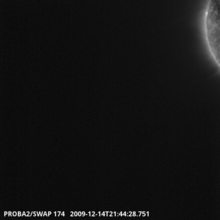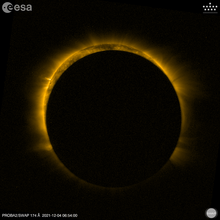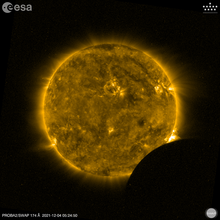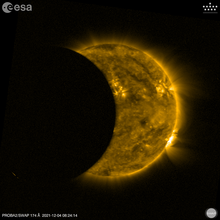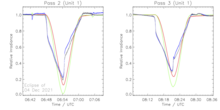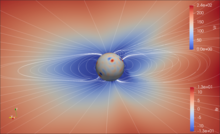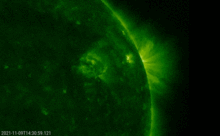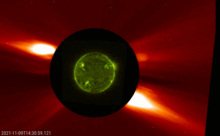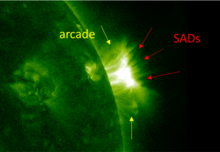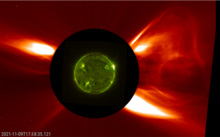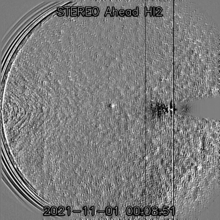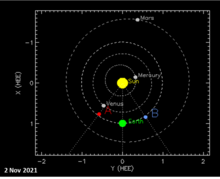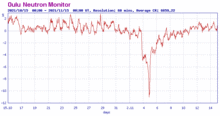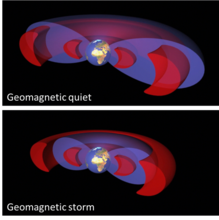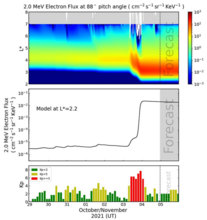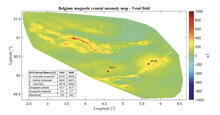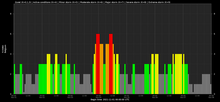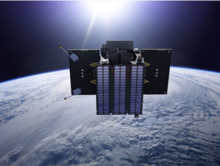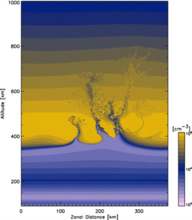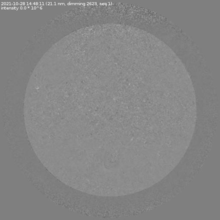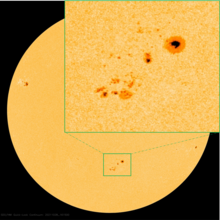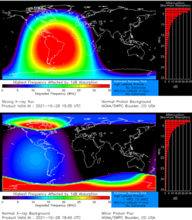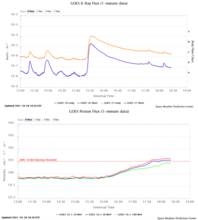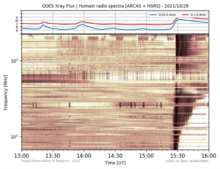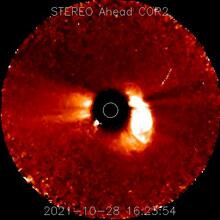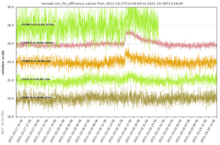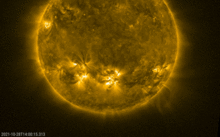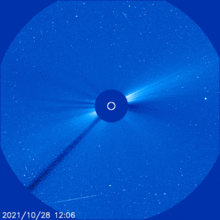news
Submitted on 2021-12-14
Twelve years ago today, on 14 december 2009, the SWAP EUV telescope onboard the PROBA2 satellite laid its eye on the sun for the first time. After the nerve-racking procedure of opening the instrument door and taking this first image, PROBA2 operators and scientists waited impatiently for this first image to be downloaded from the satellite.
Submitted on 2021-12-08
While the penguins were gazing at the total eclipse on December 4, the instruments onboard the PROBA2 satellite worked overtime to image and measure not one, but four passages of the moon in front of the sun. One of these occultations was nearly total for the SWAP EUV imager: as much as 96% of the solar disk was covered by the moon during the second passage
Submitted on 2021-12-02
Scientists run the EUHFORIA computer programme to have a preview of the solar eclipse of December 4. A chance to check their calculations. Fingers crossed and certainly ask the penguins.
Submitted on 2021-12-02
Let’s hope the penguins have their eclipse glasses ready. They will form most of the crowd in the Antarctic that will be able to witness a total solar eclipse on December 4. As always, the LYRA and SWAP instruments on PROBA2 are ready to observe this spectacle from their sun-synchronous orbit around Earth.
Submitted on 2021-11-30
NOAA 2891 produced a photogenic solar eruption late on 9 November, while it was already well behind the northwest solar limb.The event was accompanied by an interesting feature, the so-called Supra Arcade Downflows (SADs).
Submitted on 2021-11-17
The arrival and subsequent passage of a potent ICME late on 3 November left its mark on the evolution of energetic particles in the magnetosphere. Also the number of cosmic rays dipped sharply, but briefly.
Submitted on 2021-11-12
We proudly present K_Bel: a new, local K-index to monitor the variations in the Earth magnetic field. It is based on data from two independent magnetometers located in the magnetic observatories of Belgium: Dourbes and Manhay.
Submitted on 2021-11-02
JSWSC has opened a new Topical Issue "Advances in space weather forecasting and in the assessment of radiation impact during space missions".
Submitted on 2021-11-02
JSWSC has opened a new Topical Issue "Tackling ionospheric interactions and their impact on radio systems at the dawn of Solar Cycle 25".
Submitted on 2021-10-28
Flare-active sunspot region NOAA 2887 produced an X1 flare on 28 October at 15:35UT. The associated CME is mainly directed to the south, but an earth-directed component is visible in the latest coronagraphic images. UPDATED2!
Pages
Zircon - This is a contributing Drupal Theme
Design by
WeebPal.

